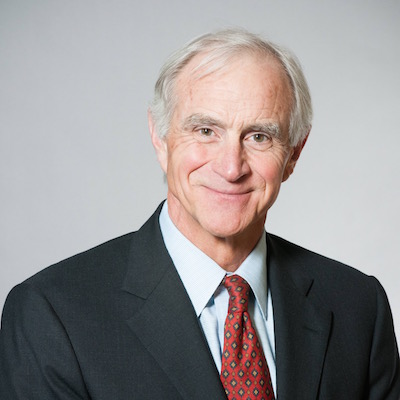Related Articles
Tax day, April 15th, just passed and a reasonable question to ask is “where does our tax money go?” A recent Heritage Foundation study (here) answers the question in detail. The authors’ source is the non-partisan Congressional Budget Office (CBO).
The authors looked at the federal budget and grouped spending into several categories. Leading the list at 28 percent is spending on health care – mostly Medicare and Medicaid, but also to a lesser extent Obamacare.
Next is Social Security at 24 percent, followed by non-health related entitlement spending such as food and housing assistance at 17 percent. Defense comes in fourth at 15 percent.
The CBO predicts that federal health care spending will increase by six percent per year over the next ten years. This is more than double the anticipated economic growth for the U.S.
The other alarming number is the interest on the federal debt. It currently is seven percent of spending but will more than double in the next five years due mostly to health care spending. Over the next decade the interest is predicted to reach 98 percent of our gross domestic product.
The Heritage report confirms an earlier Manhattan Institute publication that shows dramatic spending increases over the coming decades. (here)
Many people accept this spending, at least on non-defense programs, and believe that tax cuts are to blame for the ever increasing federal debt. This year the federal government will collect $22 billion more in taxes than last year. The reality of the recent tax reform bill is that the rate of growth of tax collection will decrease while the total amount of taxes collected continues to increase. And tragically, in seven years, the rate of tax growth will return to the pre-reform level.
In other words, the country can not tax its way out of debt and the ever increasing spending. If we accept that Defense and non-health care spending are necessary, than reform to Medicare, Medicaid, Obamacare, and quite likely Social Security are mandatory. The rapidly accelerating retirement of Baby Boomers makes these program reforms urgent.
Either the government can place price and spending controls on health care using rationing. Or government bureaucrats can get out the way and allow patients, using the free market, to control their own health care spending and choices. (here)





